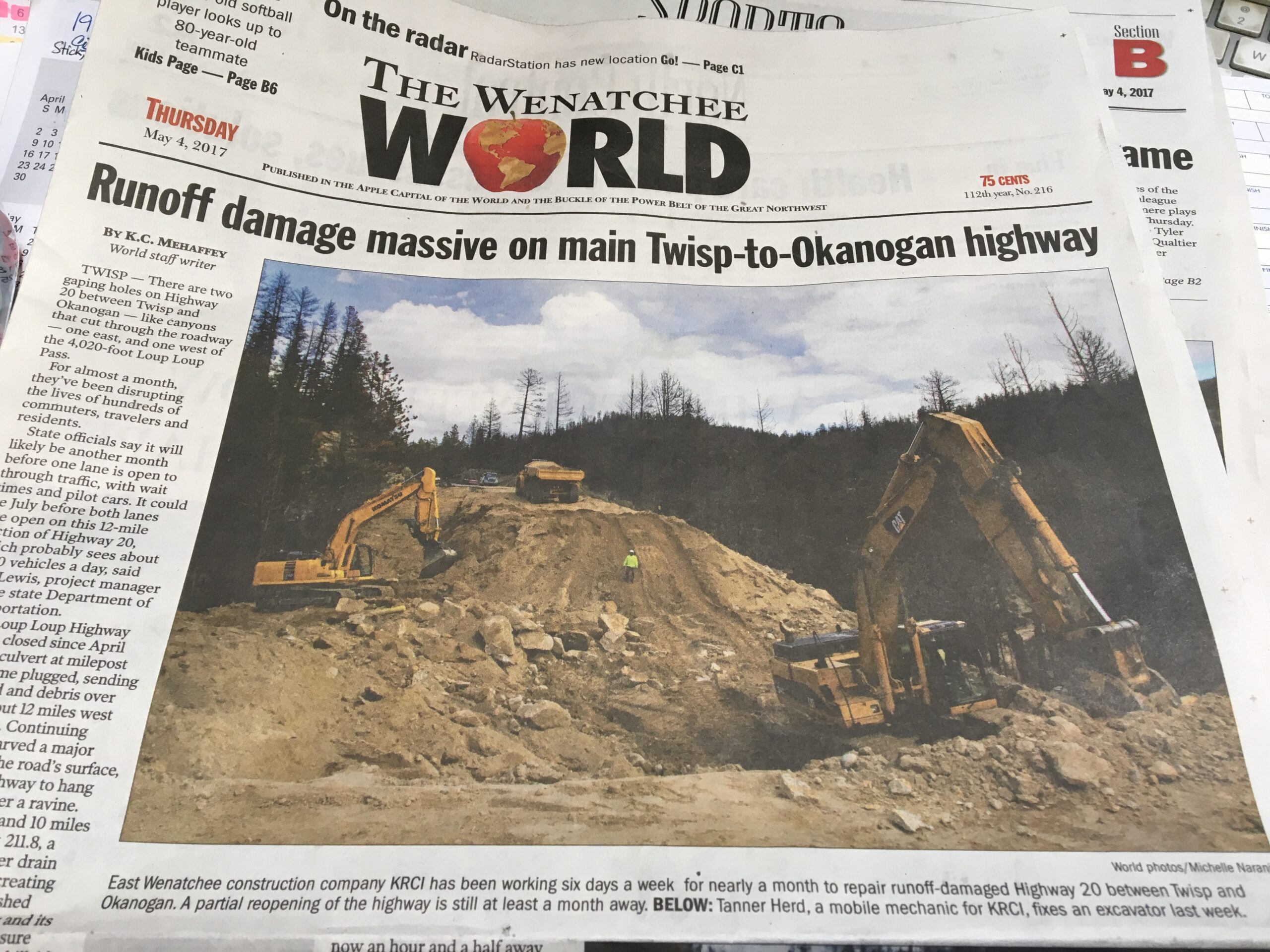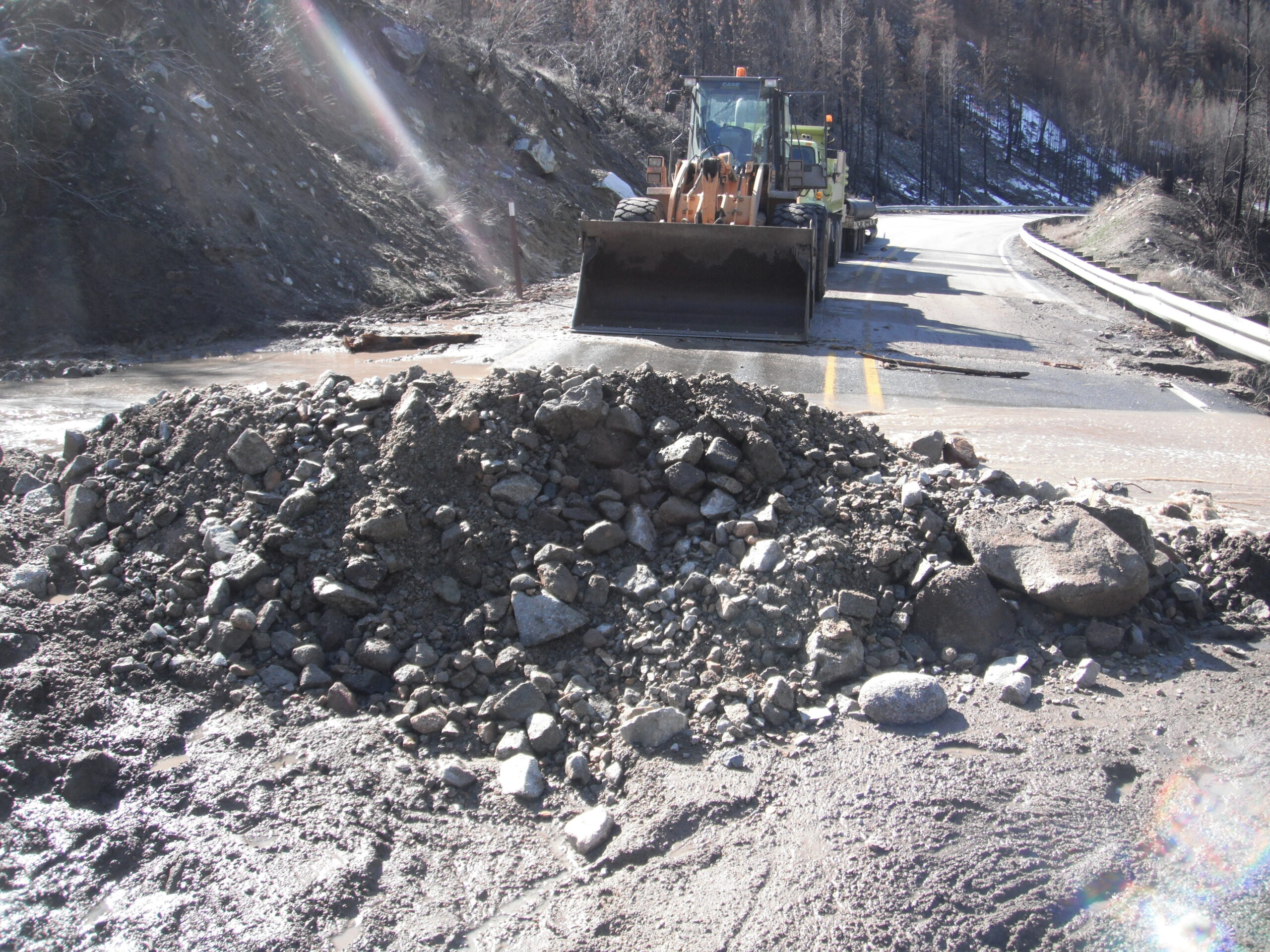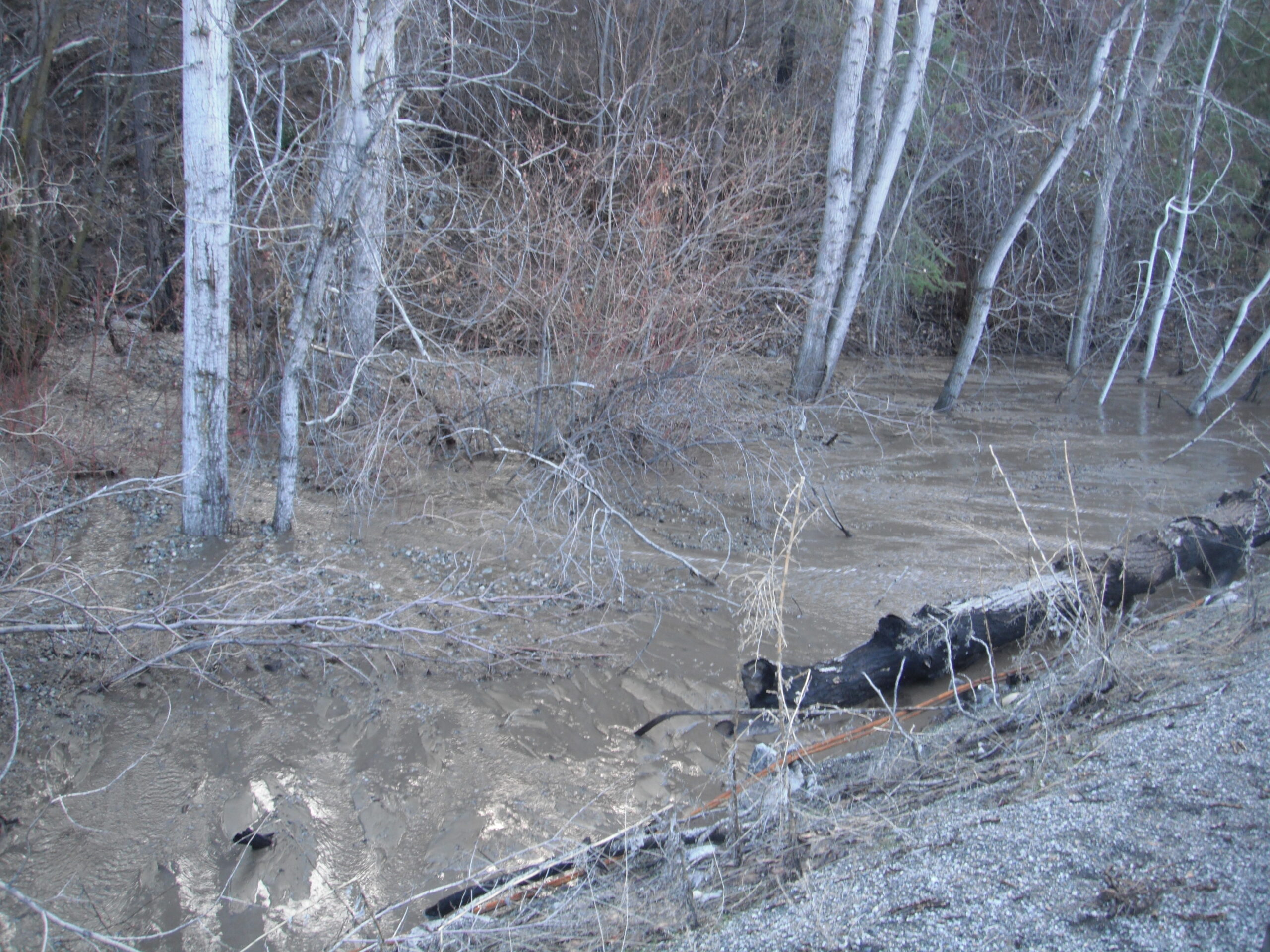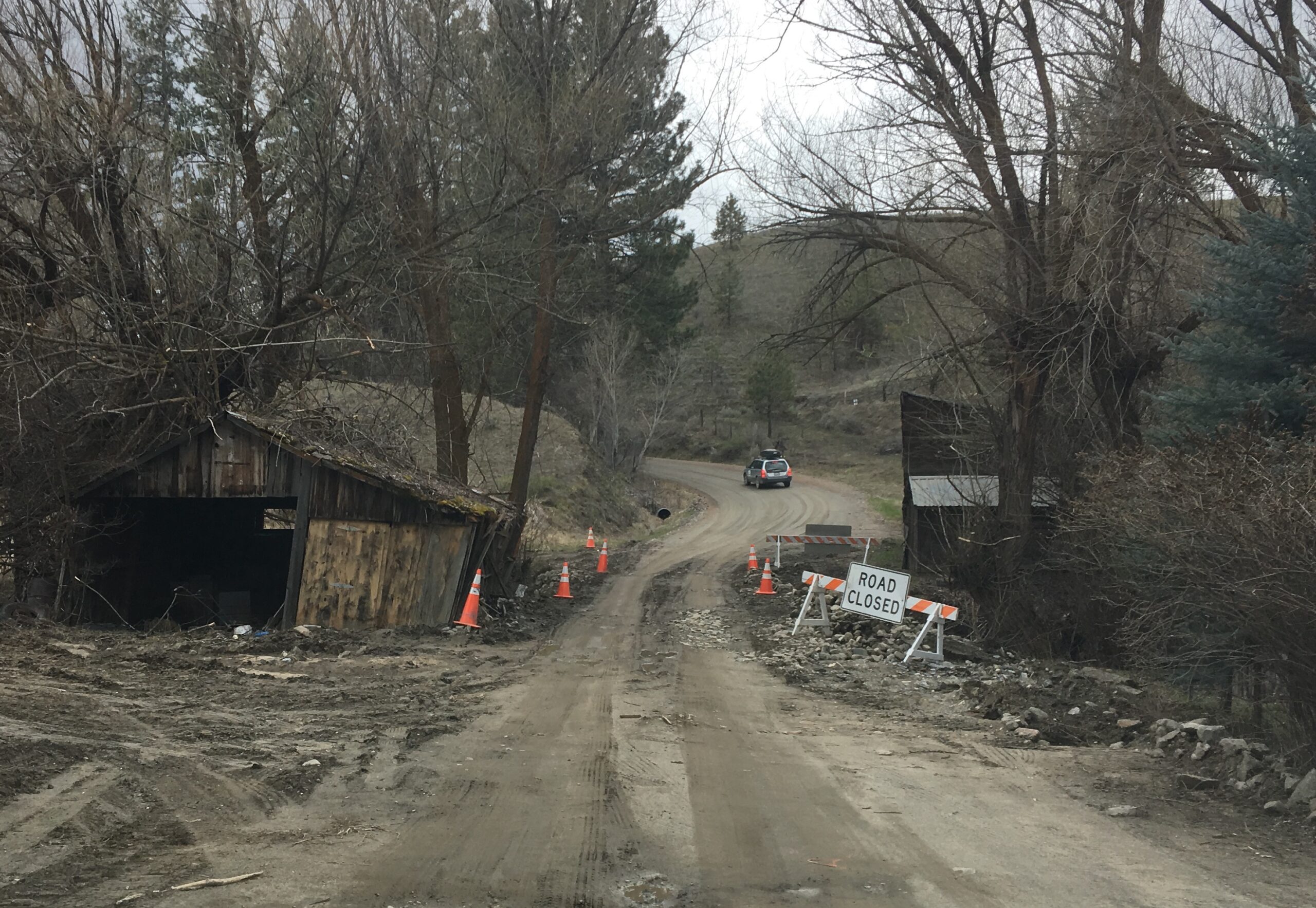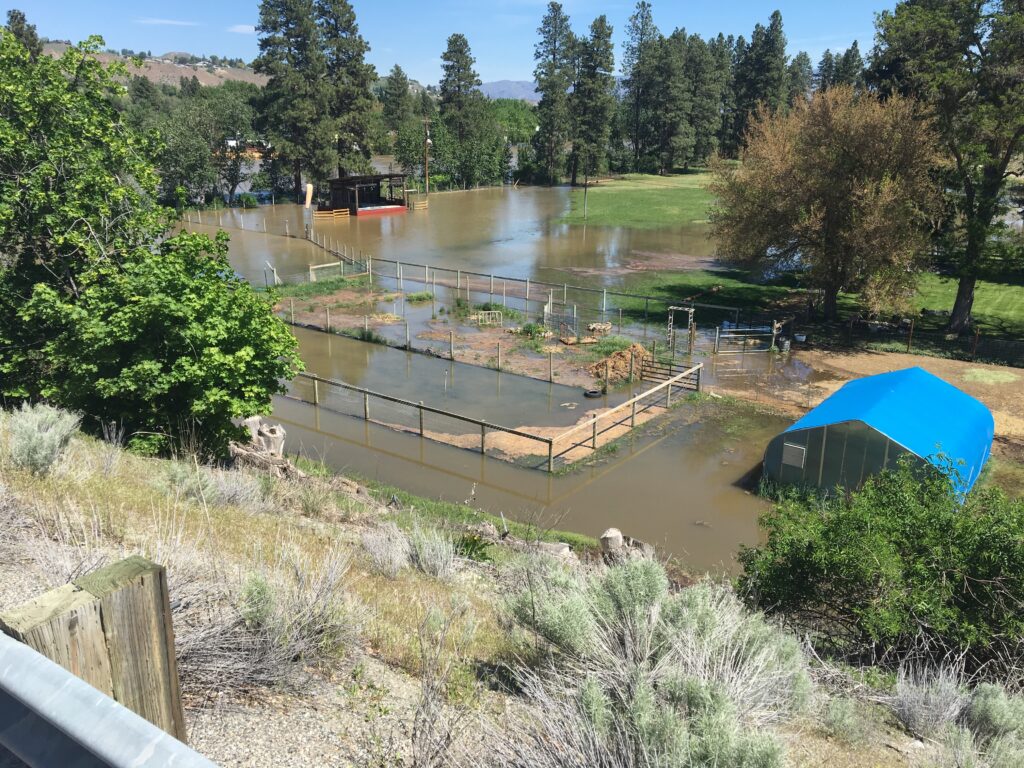Severe wildfires can have significant and long lasting impacts on both land and water flow. They cause changes in the landscape and soil properties through 1) loss of vegetation/ground cover; 2) soil erosion; 3) hydrophobic soil conditions and reduction of soil moisture; 4) nutrient and organic matter loss; and 5) temperature increases in riparian areas, to name a few. Near Riverside, WA the changes post 2014 & 2015 wildfires resulted in a mud hole that derailed a train in 2016. Clients of the local LTRG complained of damaged septic drain fields and well water changes. Post fire, it is critical to monitor those possible changes and be proactive in mitigation to save infrastructure and landscape, and to plan for and replace damaged property quickly. Understand that in most cases flooding, in some form, follows wildfire disasters. Bridges, roads, culverts, wells, septic drain fields, and irrigation systems can all impacted. More thorough and comprehensive monitoring may prevent complete loss and failure. In May of 2017, years after the major fires, the Loup Loup Pass between Twisp and Okanogan was washed out, resulting in nearly three months of road detours of nearly 100 miles for a daily commute.
More information:
→ Wildfire & Water Resource Guide
